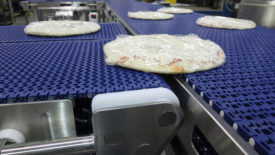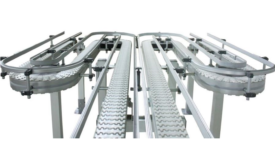Machinery
Selecting the Right Sanitary Conveyor Platform for Food Packaging Application
Conveyors are a prime target for contamination, but understanding the nuance of how equipment works with specific applications ensures upgrade success.
Read More


